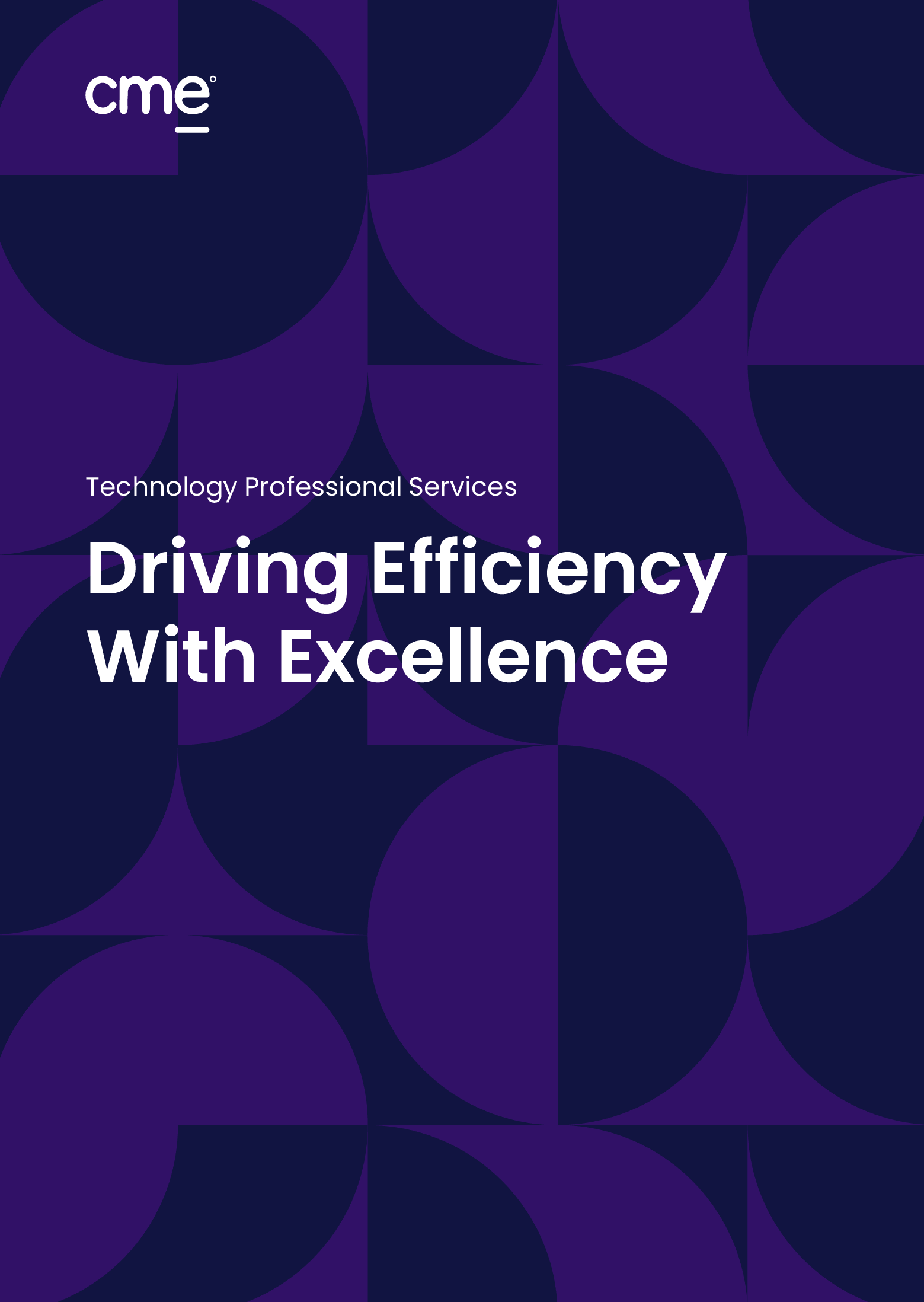Buy Vs Build: What You Need To Know
Automation
Buy Vs Build: What You Need To Know
“In terms of outsourcing, the big question is buying vs build concept, what to buy and what to build internally.” Read more and get insights directly from Wissam Youssef, Co-founder & CEO, CME in a short Q&A.
In your opinion, what have been the definitive changes of accelerated digital transformation in regional end user organizations over the last 18 months? For example, in business models, customer experience, operations, processes, data flow, continuity, complexity.
The main digital transformation acceleration drivers are customer experience and user behavior. For example, in retail, user behavior changed from buying in-store to online. Even in insurance, where online sales were never intended, online sales are multiplying. Some businesses also changed strategies because their business model wasn’t working anymore. They had to create new business models by leveraging technology in the short-to-mid-term. Meanwhile, the long-term impact is related to two things: operational efficiency and risk mitigation. It’s more about optimizing internal operations and increasing risk-related investments. Cyber security has also been a big transformation driver.
Do you believe that regional organizations need to significantly restructure themselves to take advantage of growing agility from adoption of digital technologies? For example, pivot to customer facing, customer customization…
Widespread restructuring will definitely happen. Not just at the department level, but at the role level; new roles are needed to embrace agility and nurture the “agile mindset” among teams. It’s not only related to technology. It’s a company-wide shift. There are plans every month to review, adjust and continue. Targets are moving as one progresses, meaning goals are sometimes closer, and one can see the outcome quicker. Those roles that nurture agile mindsets in companies are an investment that makes them faster, equips them with more flexibility to adapt to disruption, and ensures they are competitive in the market.
What are the primary factors deciding which digital technologies are getting prioritized inside regional enterprises? For example, operating market segment, inhouse technology skills, vendor and supplier relationships, culture of innovation…
Today’s culture of innovation and outsourcing is a primary factor deciding which technologies are being prioritized within regional enterprises. This is driving in-house innovation cultures and design teams to be prepared for innovation and change. In terms of outsourcing, the big question is the buy vs. build concept; what to buy and what to build internally. For those unsure, several points should be considered as part of the thinking process. If creating value is the objective, one should build rather than buy. However, those with a commodity should purchase a system already created that can be tested and implemented quickly.
Having successfully navigated the post pandemic months, what are the next priority steps that need to be taken by top executives, heads of business, heads of technology, to build a resilient enterprise going forward?
Enterprises and decision-makers should be ready to reinvent themselves and diversify when necessary, whether in technologies, business levels, geographies, industries, or portfolios of products. This is what protected CME and was the biggest lesson learned during COVID-19. Another important lesson: businesses must focus on employee well-being. It’s clear how much health has an impact on the productivity of teams. The onus is on every company to build healthier and more engaged employees, which strengthens the culture and fosters a collective sense of purpose while minimizing health-related risks, such as succession planning that became prominent following the pandemic’s outbreak.
Can the objectives of sustainability and reducing carbon footprint be successfully integrated within digital and business transformation initiatives or do they need independent initiatives for longer term focus?
Carbon emissions are decreasing with digital transformation acceleration and the shared economy, while paperwork and energy consumption will also subside through digitalization. Tools available today also enable people to perform transactions from any place, reducing transportation carbon emissions. And with hybrid work models, there’s better space sharing and energy utilization. Software working on servers and the cloud still need energy, but carbon emissions are decreased thanks to the shared economy, with energy subsequently redirected. The same applies to cloud. Rather than many being involved with data centers, there is one optimized data center that drives work and lowers carbon footprints.
*This article was originally published in InfraInsight magazine (October Gitex Special 2021).
More Insights

PREMIUM RESOURCES
FLEXIBLE ENGAGEMENT
Whether you need help with day-to-day operations, professional support in a specific area of technology, a spearhead on a new innovative project, or anything in between, our technology services have you covered for your near and long-term goals. For more information, explore our tech services overview below.




